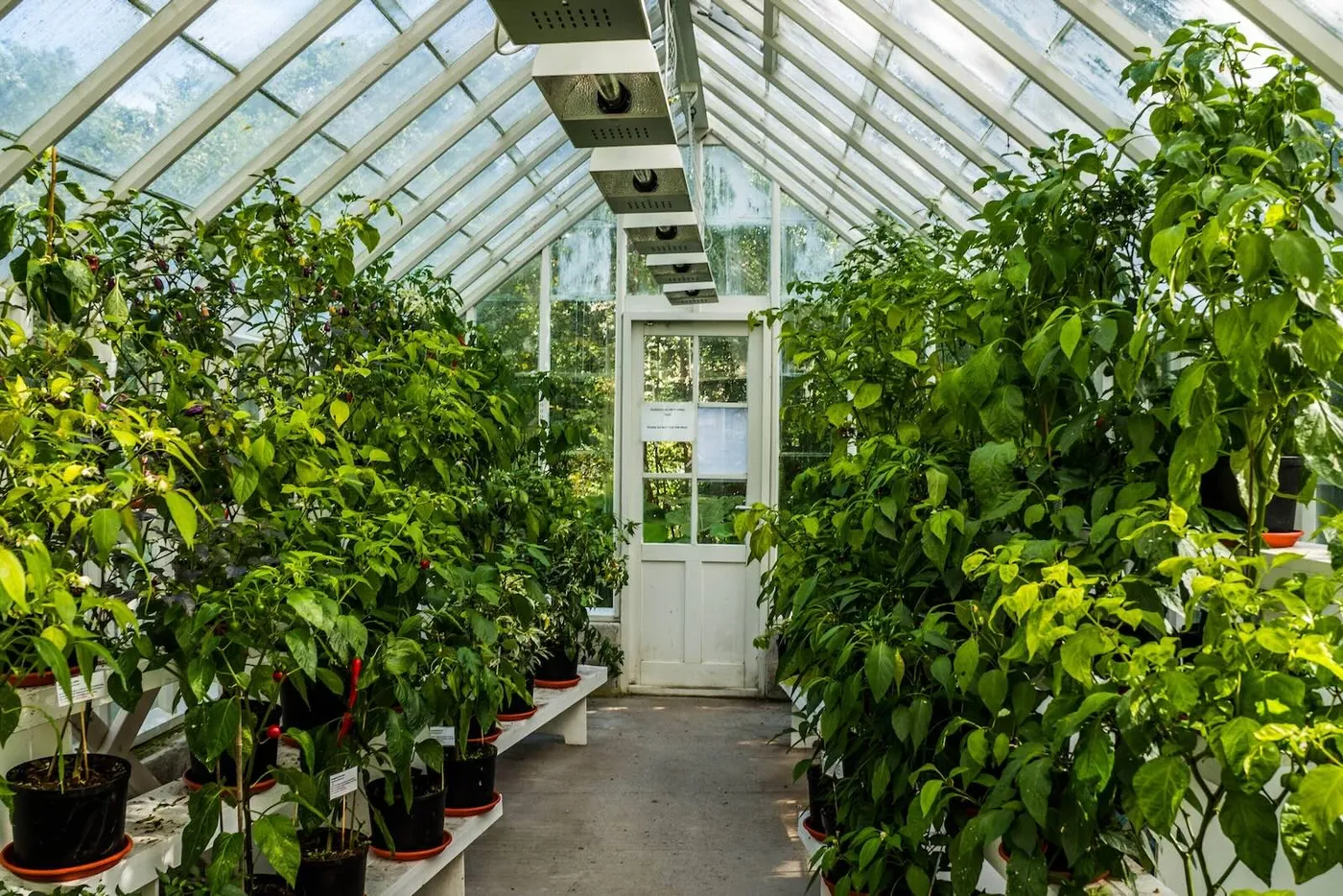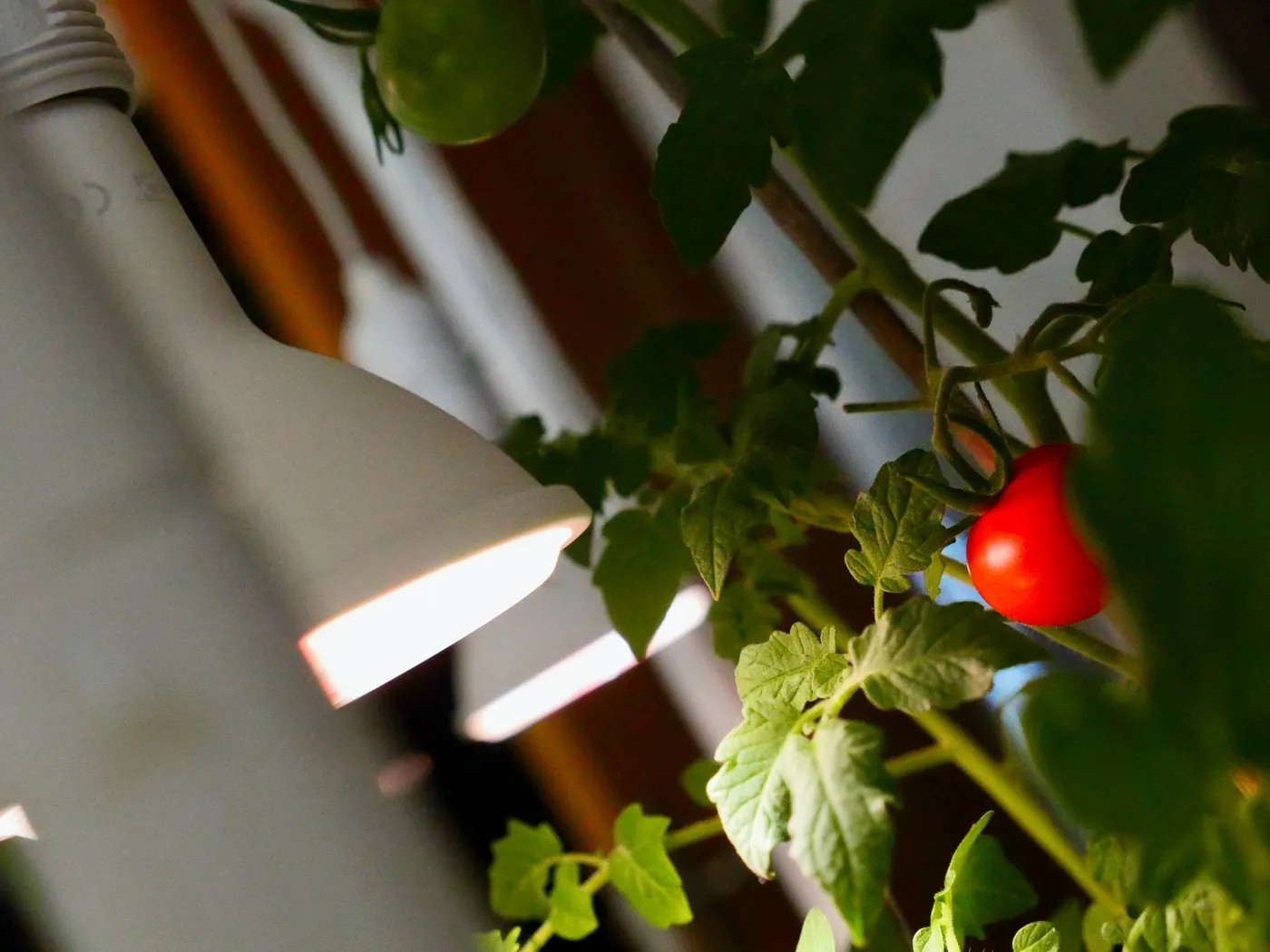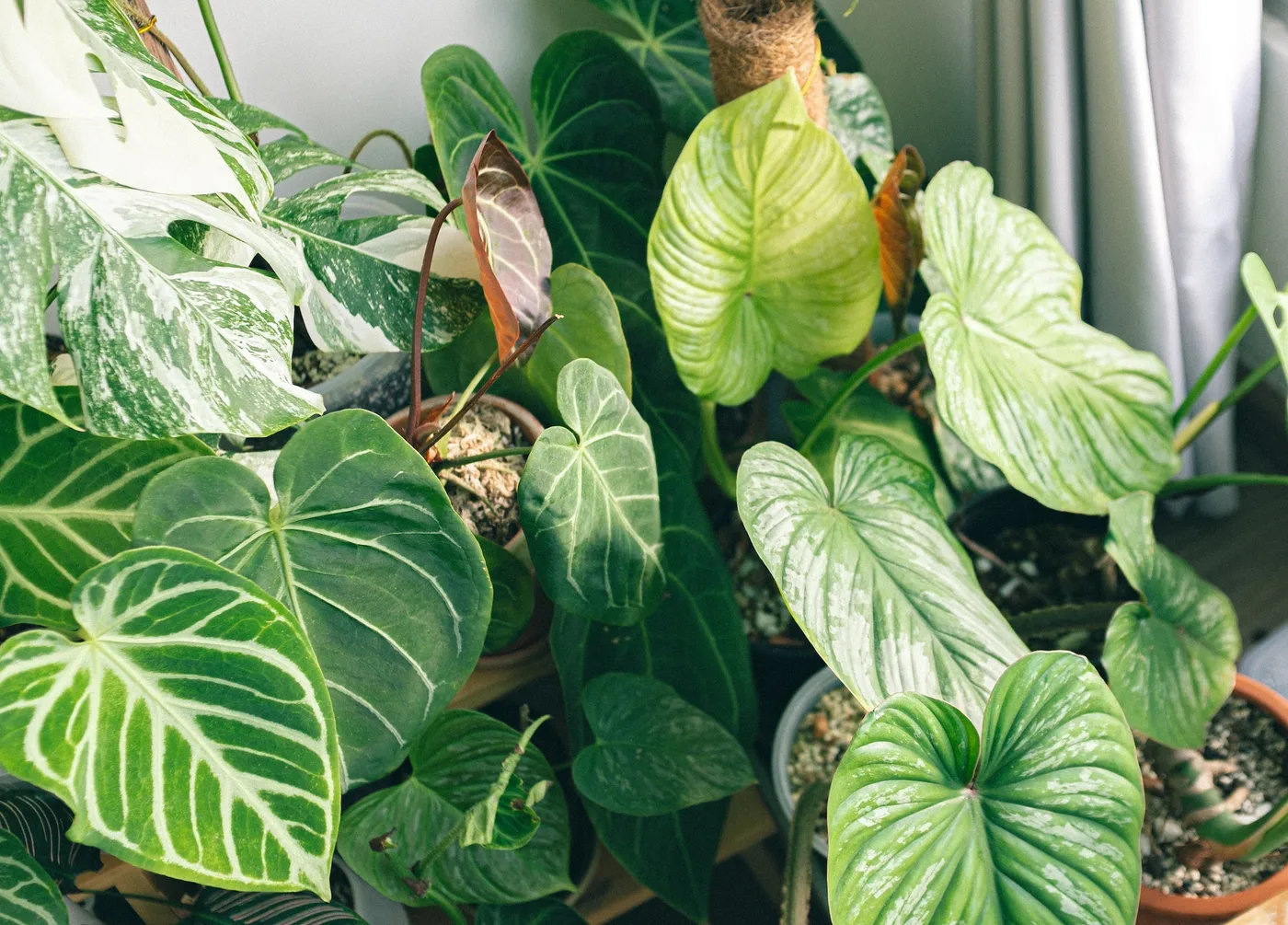
Auto-Translate
Using carbon dioxide (CO2) for your cannabis grow is an advanced topic, but if you’re reading this it is safe to say that you achieved this stage of expertise in your growing journey. Hats off to you!
We care a lot about grow lighting but when it comes to high rates of photosynthesis, measuring and controlling your lighting is not enough. Photosynthesis mainly requires photons (light), water and CO2, so keeping control of your CO2 may be just as important as watering your plant or ensuring adequate DLI values. If you want to learn more about those topics, we recommed our article on PAR levels for cannabis and DLI levels for cannabis.
Contents
Should You Add CO2 to Your Grow?
Adding additional CO2 might not make sense for any indoor grow as it also comes with its cost and complexity. There are two main prerequisites to get the most out of additional CO2: Lighting and temperature.
Grow Lighting
To maximize photosynthesis, you need a lot of light. But not just any light, but light that is usable for plant photosynthesis (PAR). Therefore, a high PPFD is what you’re aiming for. If PAR and PPFD is new to you or you want a quick brush-up, we recommend our other article explaining these values in more detail.
Not all grow lights are able to provide such a high PPFD. Especially lower-powered grow lights such as CFLs, fluorescents (e.g. T5, T8, T12), or small LEDs may not be able to produce high enough PAR levels – so light becomes the limiting factor and not CO2.
High-powered grow lights such as HPS and large LEDs usually supply enough PPFD to make additional CO2 a viable option. If your CO2 levels are too low, some of the light even goes to waste (and therefore your electricity bill) as your plants won’t be able to “digest” it due to lack of CO2.
If you want to know for sure how much PPFD your grow lights are able to supply, use a PPFD meter such as our PPFD meter app to measure it. If you’re considering new grow lights, our article for choosing the right grow light is worth checking out as well.
Grow Room Temperature
For a high CO2 to be effective, a higher environmental temperature is required. If your grow is kept cool, the effect is not as drastic and adding CO2 may not be worth it. If you’re able to keep the temperature in your grow room above 85°F (30°C) during its lighting period, then CO2 can be used by your plants effectively.
Increasing Yields with CO2
CO2 is the main influential factor when considering optimal PAR and DLI levels. As for really maxing out the rate of photosynthesis, all plants do have a point where more light just does not equal more growth. But more often than not, inadequate CO2 supplementation is the primary limiting factor.
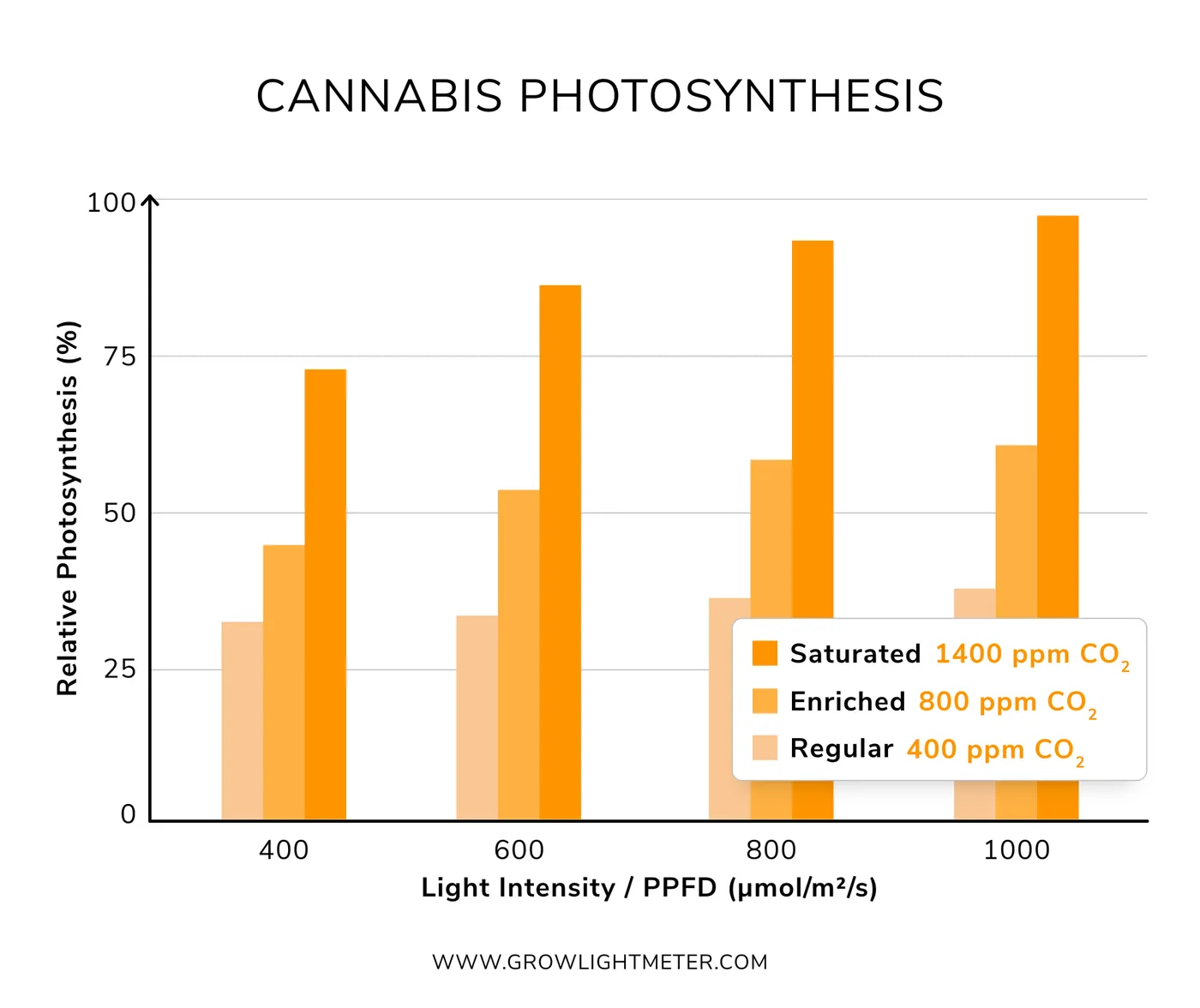
CO2 is measured in parts per million (ppm). General indoor CO2 levels of about 400 to 600 ppm quickly restrict photosynthetic activity to less than half of what would be possible. Supplementing higher CO2 to reach at least 800 ppm greatly boosts photosynthetic activity and allows for higher PAR levels and thus a higher PPFD. If you really want to max out your cannabis plant’s growth, we recommend the following CO2 levels:
| Growth Phase | CO2 Level (ppm) |
|---|---|
| Seedling / Clone | 400 – 600 |
| Vegetative | 400 – 1200 |
| Bloom / Flowering | 800 – 1500 |
How to Add CO2 to Your Cannabis Grow
There are many ways to add CO2 to your cannabis grow ranging from cheap and easy to expensive and complex. In general, you need something that produces CO2 and allows it to “fall” onto the plants from above. As CO2 is heavier than air, it will sink to the bottom of your grow room where it doesn’t have much of an effect. Using a fan to circulate the air at the bottom of your grow room is an easy way to re-introduce more CO2 to the air around your plants’ leaves.
The following list describes your options and our recommendations in more detail.
Hobbyist Recommendation: Yeast Fermenter
For the hobbyist, we recommend installing what is called a yeast fermenter or CO2 fermenter. As the name implies, it is a combination of yeast, sugar, and water that produces CO2 through fermentation and can be done at home pretty easily and safely. Even though the CO2 production won’t be as high and as controllable as with other systems, fermentation provides a fairly quick and easy way to get started with adding CO2 to your cannabis grow.
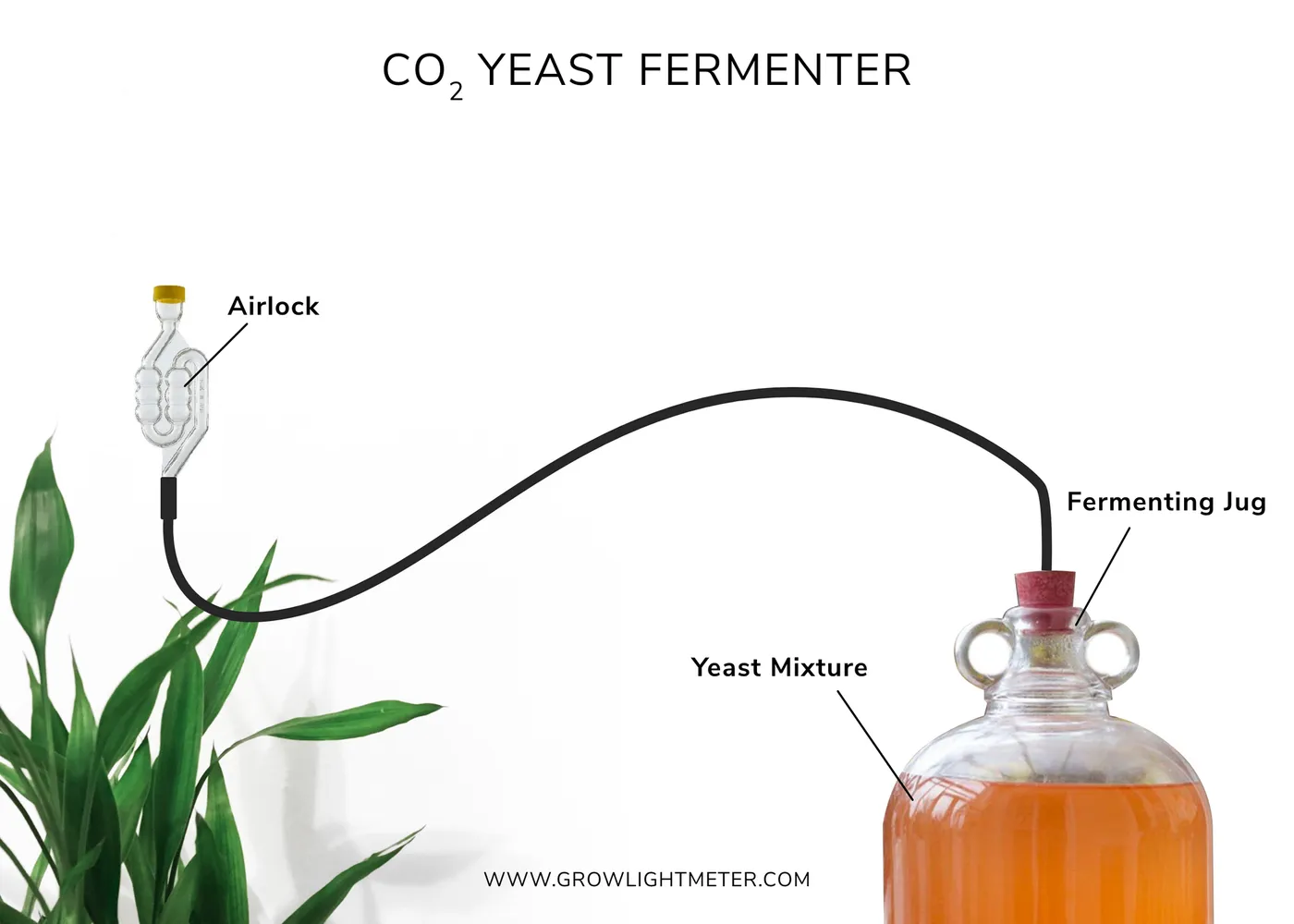
We put together a shopping list (with links to Amazon) of all the individual items that you'll need:
- Fermenting Jug with Airlock
- Turbo Yeast
- Tubing
- Plain white sugar from your local grocery market
To set up your mixture, use about 60% of regular tap water, then fill the remaining 40% with sugar, and add the yeast (Turbo Yeast recommended). Let it sit at room temperature of about 70°F / 21°C for the fermentation to happen. This initial mixture should last you about 3 to 10 days. In order to keep it going, pour out about a third of it every week and refill a fresh mixture.
A video of a yeast fermenter system in action can be found here:
Advanced Recommendation: CO2 Injection System
If you’re really serious about controlling your grow room’s CO2, the most effective is a CO2 injection system that uses compressed carbon dioxide and a controlled injector. The CO2 usually comes in bottles or tanks that are then hooked up to a control valve that allows you to adjust the amount of CO2 you’re injecting into the air in a very controlled manner. We recommend using an automated system so you don't have to worry about valve settings and pressure levels.

As you can imagine, such systems pose a considerable financial investment into your grow as the equipment itself is costly and you periodically need to refill your CO2 tank. However, if you’re looking for the most advanced and effective way to enrich your CO2, this is the way to go.
We put together a shopping list (with links to Amazon) of all the individual parts that we recommend:
Not Recommended: CO2 Generator
CO2 generators burn some kind of fossil fuel or alcohol to produce CO2. Apart from the obvious fire hazard, this method of generating CO2 is not only harmful to the environment but also to your health as byproducts such as dangerous carbon monoxide are produced as well. Even though there are specialized CO2 generators for gardening applications available, we recommend never using such a device due to the mentioned downsides and risks.
Other Options to Generate CO2
Placing CO2 bags or compost in your grow room will also add CO2 to its air. CO2 bags are usually filled with fungi that grow easily and produce CO2 while doing so. However, even small grow tents already require multiple CO2 bags to reach a significant enhancement of CO2 levels, so it won’t be particularly effective. Using compost comes with its downsides as well as it might produce an unpleasant smell and not that much CO2 as well.
Another option would be using dry ice. Dry ice is pure, concentrated CO2 that is released in the air as it melts. However, dry ice is dangerous to our skin, expensive, and won’t last long.
Prepare Your Grow For CO2
After you’ve decided on a method to add the additional CO2, there are other measures that you need to take to use it effectively:
Turn It Off In The Dark
It makes no sense to add CO2 in the dark period, as there won’t be any photosynthetic activity in the lack of light. So if you’re using a controllable system, you can even save more money by having your CO2 enrichment turned off about an hour longer than your lights without any downsides on the effectiveness of additional CO2.
Seal Your Grow Room
As the surrounding air has a lower CO2, you should seal your grow space adequately so the added CO2 won’t leak out immediately – especially with very high CO2 levels above 1000 ppm. Doing so also requires you to keep track of your grow room’s humidity and temperature as the climate in your newly-sealed grow space will be different.
Keep Yourself Safe
CO2 is to plants what oxygen is to us humans. Your plants flourish under high CO2 levels whereas we need to keep an eye on our safety. Concentrated CO2 is dangerous and its effects can range from slight drowsiness up to death. Even though very high CO2 levels of 1500 ppm are still considered a safe amount, you should still avoid breathing such air for too long of a time. This implies minimizing time in your grow room when your CO2 enrichment is active as well as making sure that other areas of your location are sealed adequately from the grow space. If you’re using an injector system, you must also make sure that CO2 levels can’t go beyond what is necessary and safe.
Measure Your CO2 Levels
It is obvious that you can’t control what you don’t measure. We would love to tell you that our PAR meter app measures CO2, but this remains a grower’s dream for now. Anyway, CO2 can be measured with fairly low-cost equipment and investing in a CO2 meter or CO2 monitor is a must when altering the air in your grow room.
If you haven't got one in your grow room already, we recommend getting a combined CO2, temperature, and humidity sensor that allows you to monitor all relevant environmental factors. We can recommend the following CO2 monitor that is using an accurate NDIR sensor and is rechargeable via USB off Amazon or AliExpress:
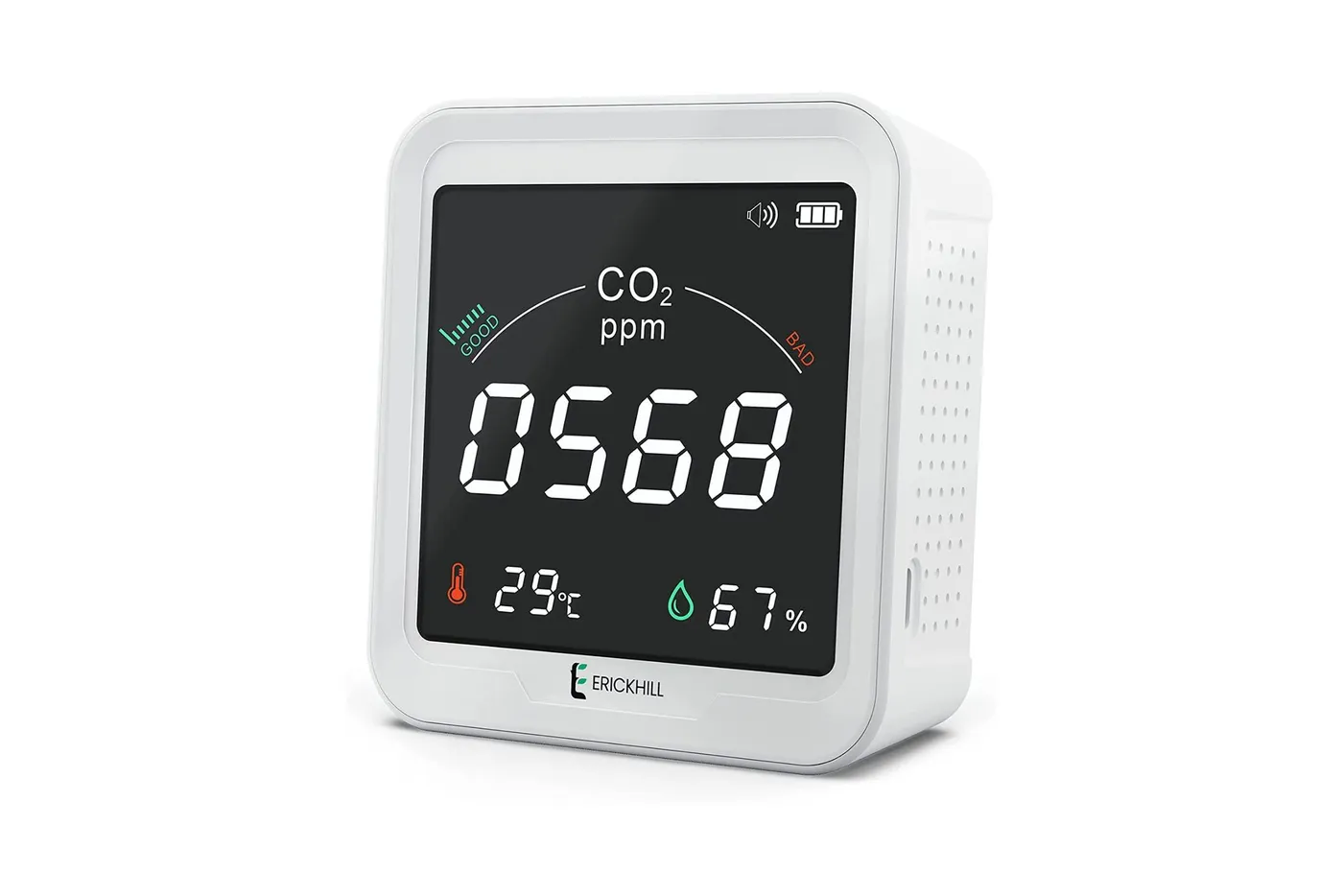
Measure Your Grow Lighting
Our app allows you to accurately measure PAR in PPFD without any external sensor by utilizing the smartphone's camera. We use lab-grade equipment for our development and testing. We can confidently state that our app is achieving the desired accuracy at ease. We've even written a white paper on how to achieve industrial-grade accuracy for your own grow as well.
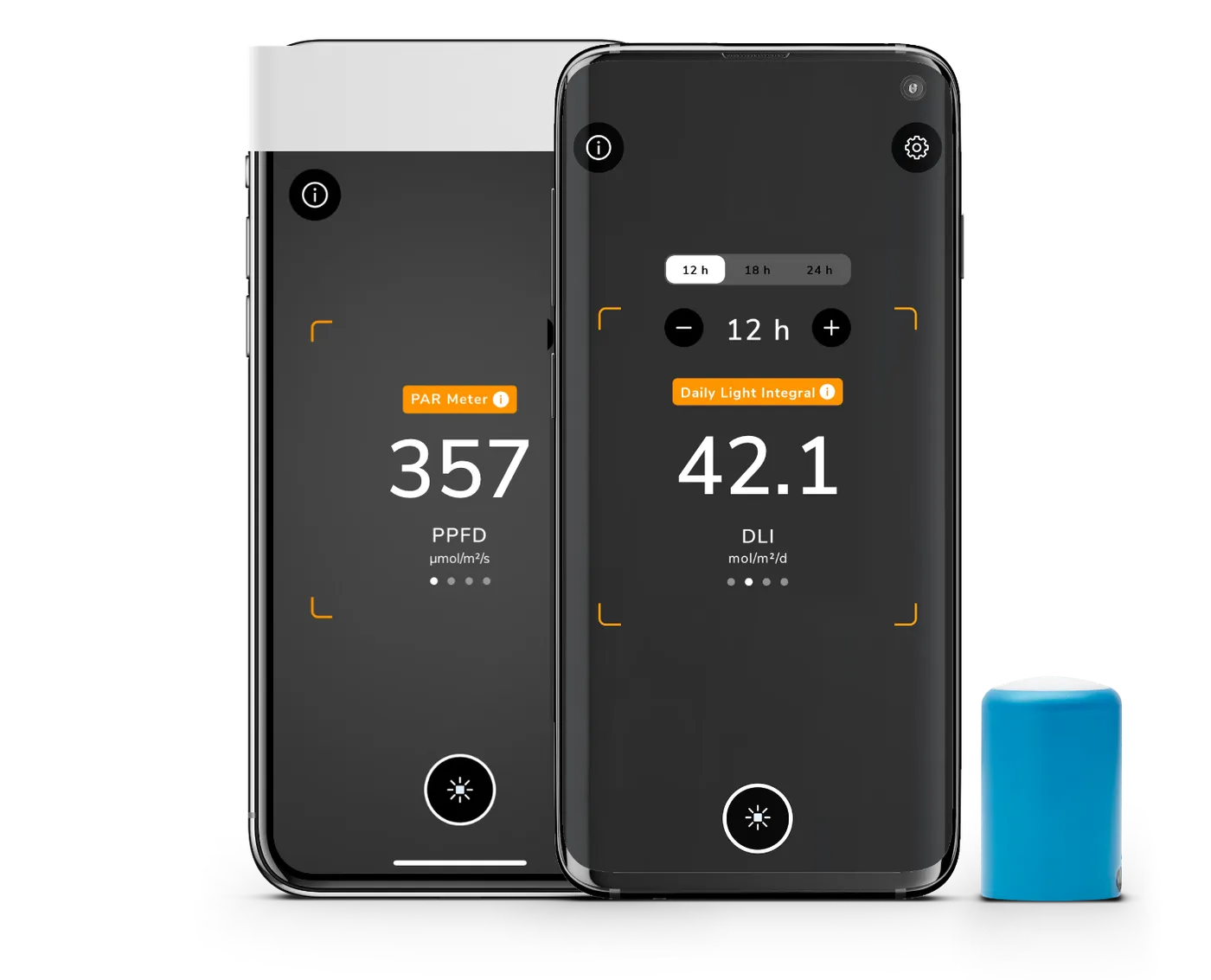
If you're ready to fine-tune your grow room to push your crop beyond the limit, we definitely recommend checking it out for free and taking your lighting game to the next level!
Sources
- Photosynthetic response of Cannabis sativa L., an important medicinal plant, to elevated levels of CO2
- Fluence Photobiology Guide


 Share This
Share This



